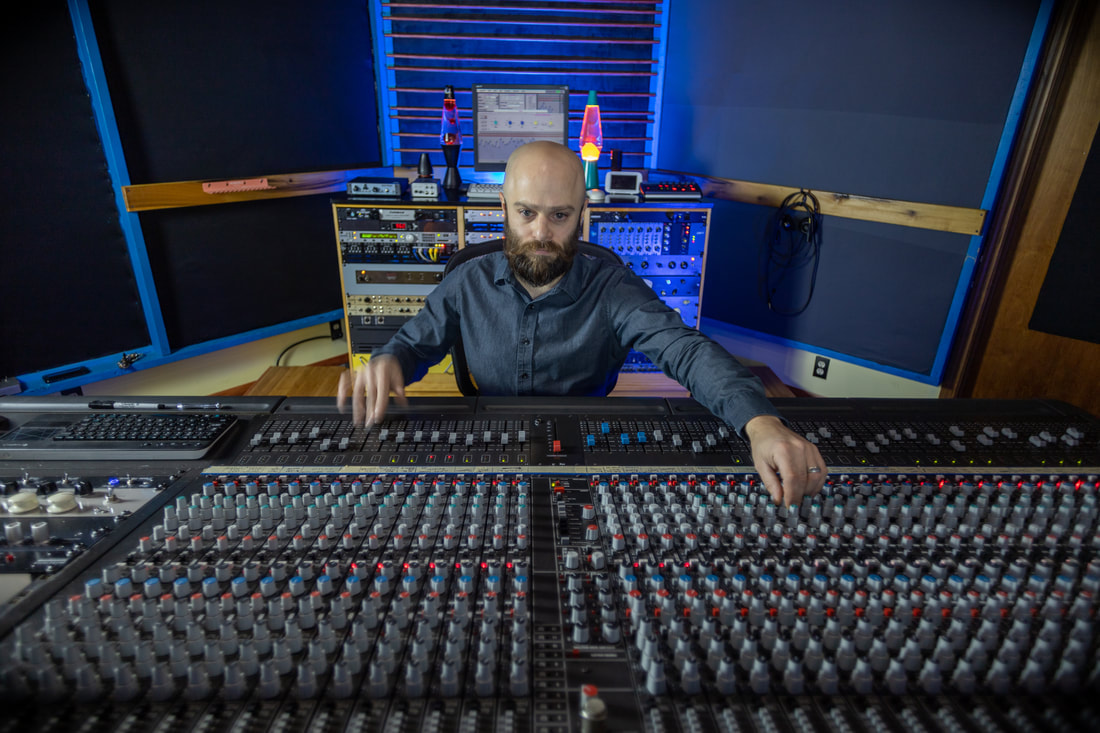|
Necessity is the mother of invention and today necessity has given me another option for Mixing. I wanted to be able to sum (Mix) two mono tracks together in the analog realm, but I didn't want to use the Midas Venice 240 for such a simple task. The board has a good degree of color to it and I wanted minimal coloration for this task. I'm trying to reduce the track count in a session I'm starting to Mix, so I can fit every track on the Venice. The obvious solution for most would be to combine the two tracks digitally in Pro Tools (ITB), but that's not the best sounding solution. DAW based summing is not something I enjoy the sound of, so for me its analog or nothing. But with analog comes limitations and I love limitations because that's what brings out my creativity.
I built a 2:1 passive summing buss right inside one of my patch bays. 2 inputs get summed to one output. Its simple, has no controls, and is unpowered. Traditionally, an unpowered (passive) summing buss needs to be connected to a preamp for makeup gain. Not this little guy. Since there are only 2 channels being summed, the insertion loss is negligible. The greatest thing about passive summing is its total lack of coloration. Problem solved! Now back to Mixing :)
0 Comments
I'm still waiting for the Flux Bender to return from Recording Magazine's review. A few important Mixes are on hold till its return, but I'm keeping busy meanwhile. Yesterday (my Birthday) was technically a day off, but I modified my DBX 160X compressor. I did some technical research and purchased some Burr Brown opamps to replace the stock opamps. The goal was to improve the sound quality of the compressor, which I previously modified by adding an output transformer (recapped it as well). This was my first experience working with integrated circuits. Thankfully, it went smoothly and I wound up with a better sounding compressor. The DBX compressor sounded good to begin with, but I could hear something about it I didn't like. It had a cheap sound to it, which could be described as reduced sub bass, reduced highs and a presence bump in the upper lows (Focused around 110hz, but widely dispersed). I really hated the sound of its bass presence, so that is the main factor in deciding to modify the compressor. After replacing the stock amplifier chips with much higher quality (and modern) Burr Brown amplifiers I noticed a big sonic change for the better. That low presence is gone, but the compressor seems to also have a wider frequency response and a more accurate sound. I'm very happy with its sound now. In fact, I'm so happy with the sound I'm thinking about buying a few more of these compressors and modifying all of them!
|
Details
AuthorMike Congilosi II, Producer and founder of Lightning Boy Audio shares occasional snippets of whats going on in the studio. Archives
March 2025
Categories |


 RSS Feed
RSS Feed